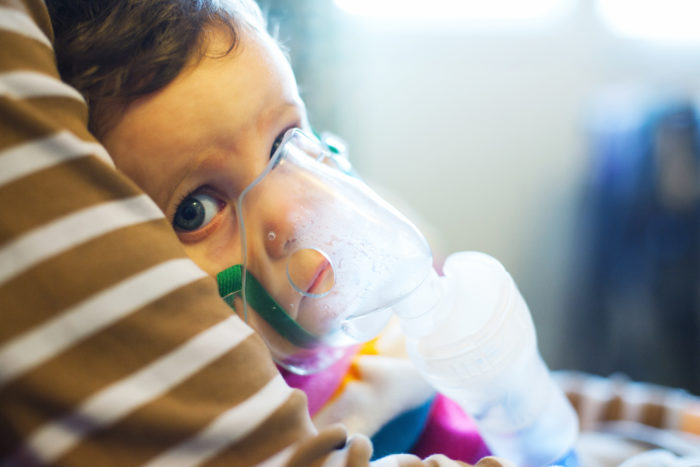Warm summer months usually provide a break from respiratory syncytial virus. But not this year.

Cases of the infectious children’s virus are spiking across the South, according to the CDC. Pockets in the Northeast are also seeing unusually high caseloads.
COVID-19 Protections Played a Role
Measures meant to protect from coronavirus – social distancing, mask wearing and diligent hand washing – have been attributed to a decline in seasonal viruses, including RSV and the flu. Now, as people gather amid relaxed safety measures, there’s been a sudden and concerning increase of RSV in young children.
Early signs of RSV may resemble a common cold – runny nose, coughing and decreased appetite. But RSV is far more dangerous. It can cause wheezing and lead to pneumonia or bronchitis. It’s the reason nearly 60,000 children under age 5 are hospitalized each year.
Premature infants and children born with congenital heart disease or who have chronic lung disease are at greatest risk of contracting RSV. Babies under six months old are also considered high risk. This year, older infants and toddlers without weakened immune systems are getting infected at higher rates than usual.
Protection against RSV
An FDA-approved treatment called palivizumab can protect premature infants and babies with chronic lung or congenital heart disease. Insurers, however, have been known to deny coverage, even for babies for whom the medication is recommended. The treatment has been found to reduce RSV infections and decrease hospitalizations by 55%.
The medication’s effectiveness makes inaccessibility even more concerning, especially as companies work to develop other vaccine-like drugs that would protect a greater number of kids from severe RSV infection.
What’s to Come?
It is unclear if RSV will continue its summer surge – or if cases will dip before the fall, which has traditionally been RSV season. Regardless, parents of young children should remain vigilant for signs of the contagious and potentially deadly virus.
And while parents are monitoring their children, policymakers could take the out-of-season spike as an opportunity to revisit policies on access to preventive medications. After all, the unusual increase in infections has shown that individual precautions alone aren’t enough to keep all kids healthy and out of the hospital.

